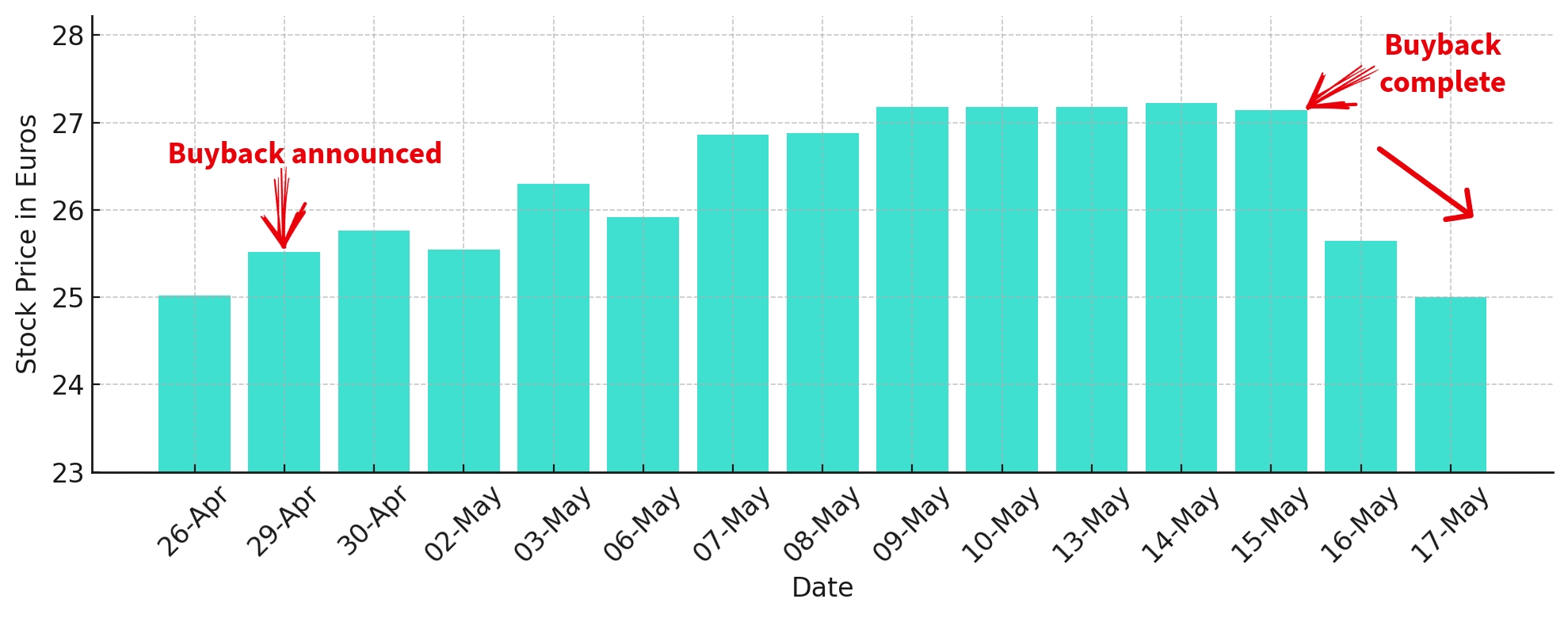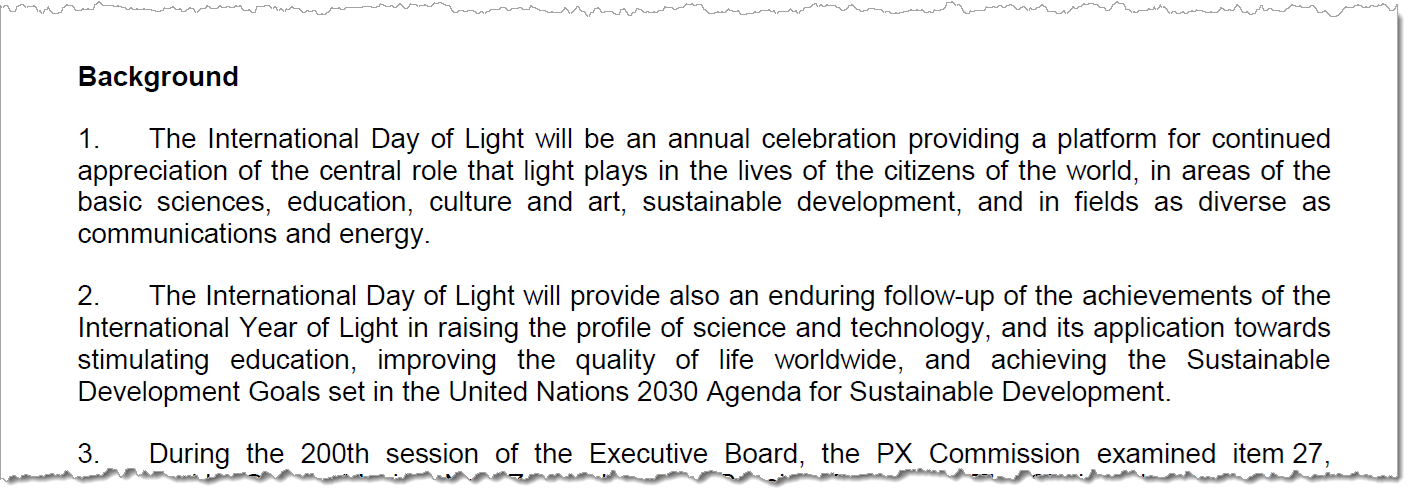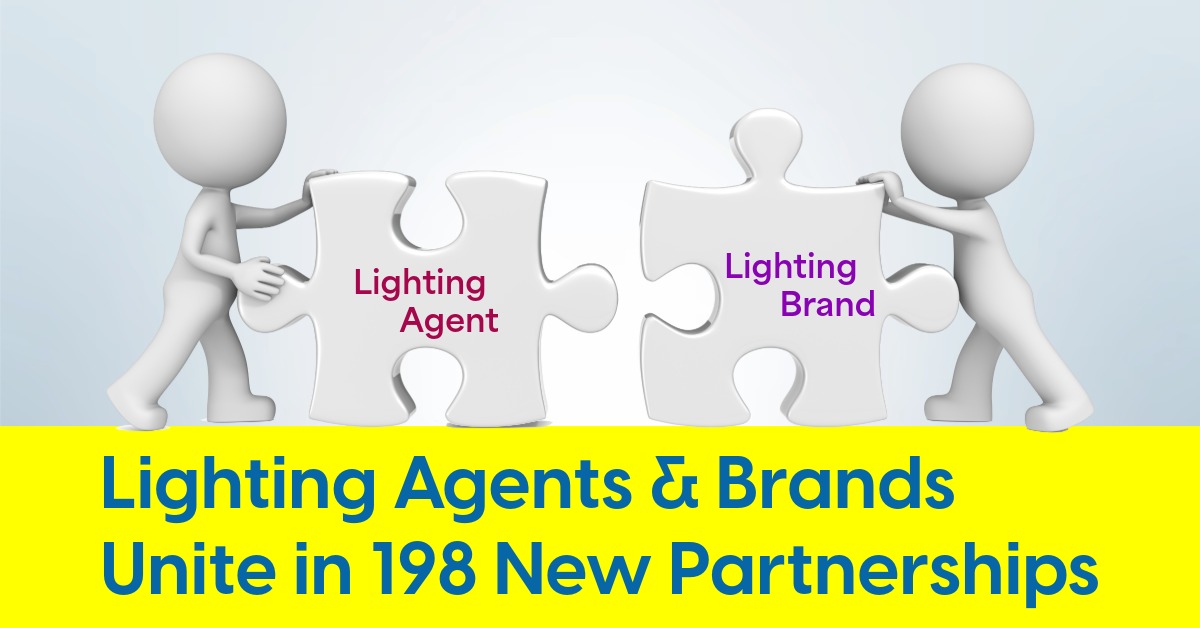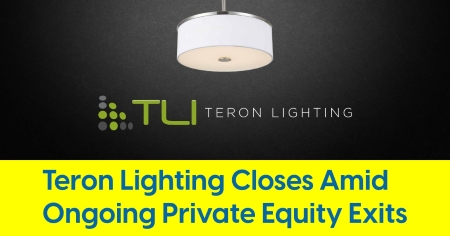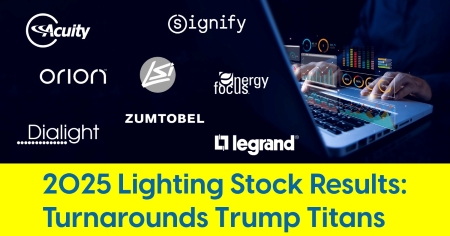May 18, 2024
5 Things to Know: May 18
![]()
NYC Lighting designer shares some insightful best practices. Plus, what issues could possibly arise from this streetlight situation?
Here's a roundup of some of the week's happenings curated to help lighting people stay informed.
1. Role Clarity in Successful Controls Integration Projects
In a comprehensive article for CE Pro, Matthew Tirschwell, a veteran New York lighting designer, illuminates the evolving role of lighting designers in residential integration projects.
Tirschwell, who founded Tirschwell & Co. in 1999, stresses the importance of a lighting designer in ensuring the successful integration of advanced lighting controls and fixtures. He explains that the traditional boundaries between lighting designers and technology integrators are blurring as the complexity and technical demands of modern lighting solutions increase. The article highlights the necessity for lighting designers to possess an in-depth understanding of technical specifications, engineering, and compliance with current codes to facilitate smoother collaborations with integrators.
Tirschwell emphasizes the importance of understanding client lifestyles and designing lighting systems that enhance their daily experiences, rather than merely selecting fixtures. Tirschwell also addresses common challenges, such as device compatibility and achieving seamless dimming across different lighting zones, which can significantly impact the overall success of a project.
2 . Signify share price, buyback & dividend
Signify, the world leader in lighting based in Eindhoven, Netherlands, has completed its share repurchase program initially announced on April 29, 2024. The program was designed to repurchase up to 450,000 shares, representing about 0.4% of the company’s issued share capital, with the intent to cover obligations arising from its long-term incentive performance share plans and other employee share plans.
Over the duration from April 29 to May 15, 2024, Signify invested approximately €11.9 million to buy back these shares. In the final phase of the program, from May 13 to May 15, the company repurchased 66,762 shares at an average price of €27.05 per share, totaling €1.8 million. The next day, the stock closed at €25.64.
At the Annual General Meeting held on Tuesday, Signify declared a cash dividend of €1.55 per ordinary share from its 2023 net income. During the repurchase period, the company's stock price saw share price increase amid some fluctuations, hinting at a possible correlation between the buyback activity, Annual General Meeting happenings and stock price movements.
3. Backstory: International Day of Light
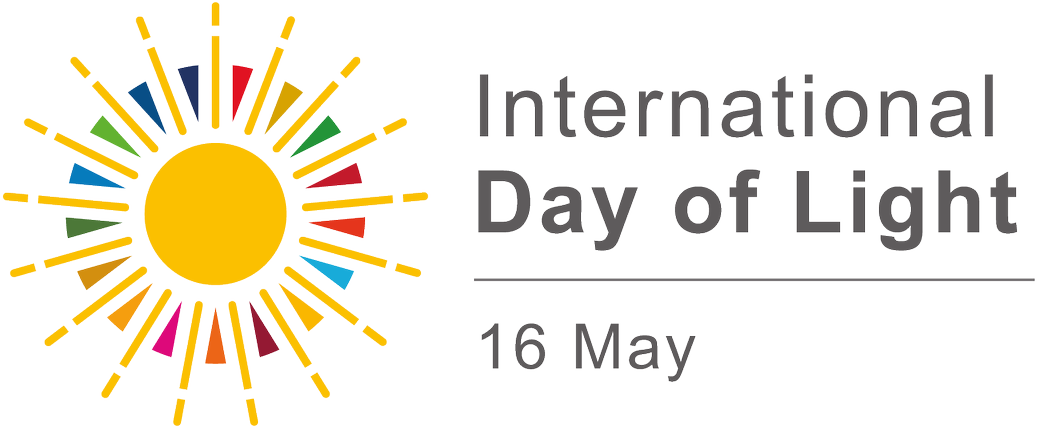
On Thursday, social media platforms were awash with posts from various lighting people and companies celebrating the International Day of Light. The day, dedicated to the essence of light — a core element in our beloved lighting industry — saw a mix of heartfelt gratitude and light-hearted tributes.
While many embraced the day with enthusiasm, others were skeptical of yet another "manufactured holiday," with some admitting to being oblivious to the International Day of Light entirely. To clear up any confusion, here's a brief overview of this luminous celebration.
The International Day of Light is marked every year on May 16, commemorating the anniversary of Theodore Maiman's pioneering first successful operation of the laser in 1960. Recognizing the day's significance, the United Nations Educational, Scientific and Cultural Organization (UNESCO) declared May 16 as the official International Day of Light in 2017, promoting it as a global initiative to highlight the role of light in science, culture, art, education, and sustainable development among its 194 member states.
4. What could possibly go wrong?
As reported by the Irish Examiner, Cork City Council has committed to relocating street light columns that have inadvertently been positioned in the middle of a new bike lane on Skehard Road, part of a €6m cycling infrastructure initiative in the Mahon neighborhood. Concerns were raised by local cyclists after noticing that one of the light poles was directly in the lane, while another was close to the edge, potentially posing safety hazards. The council clarified that these columns were part of the original lighting and would be removed once the new lighting system is fully functional, ensuring the bike path and adjacent footpath are clear of obstructions.
Engineers involved in the project emphasized that the installation is not yet complete, and the affected section of the bike lane remains closed to the public. This response comes in the wake of previous criticisms the council faced for a similar issue on the same road seven years ago, where a bike lane was built around an existing pole. The council has since removed that pole in line with updated safety standards and road improvements.
5. The case for softer lights
Mark Baker is a former school teacher who has transformed into a lighting activist, heading the Soft Lights Foundation. After experiencing adverse health effects from LED lighting, Baker has positioned himself as a vocal opponent of modern lighting practices, arguing that overly bright lights pose significant risks to public health. His concerns extend beyond discomfort, claiming that intense LED lights have serious health implications, which has driven him to sue the U.S. Food and Drug Administration (FDA) for not setting stricter standards on LED lighting products.
In a recent Car & Driver article written by Elana Scherr, titled "Are Modern Headlights Too Bright?", the focus is on the pervasive issue of excessively bright LED headlights that are becoming a hazard for night-time drivers. Scherr vividly describes the blinding effects of these lights through personal anecdotes and broader social observations. While the article primarily addresses the general public’s dissatisfaction with these intense lights, it also briefly references Baker and the Soft Lights Foundation's advocacy against LED brightness, highlighting their efforts to mitigate what they perceive as a significant public health issue both in our buildings and on our roads.
